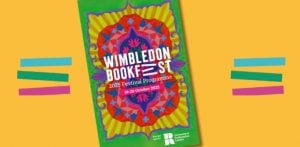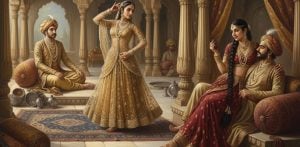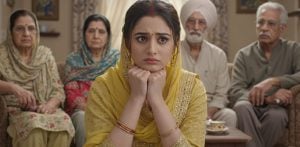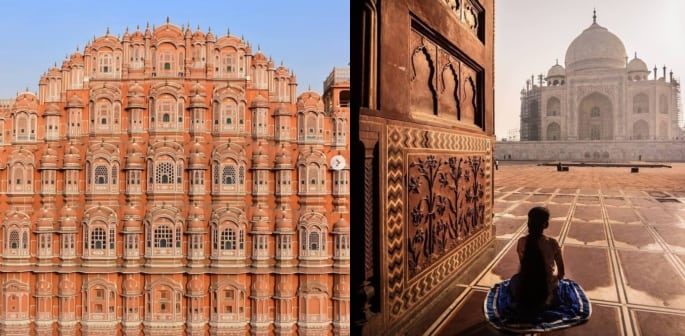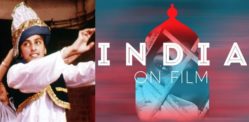There is so much Indian history woven into all of these landmarks
Indian cities can easily become a photographer’s muse, a dancer’s inspiration and writer’s authentic and rustic narrative.
The country is internationally recognised as a goldmine for its music, heritage, dance and culture.
There will always be a hidden truth or something to learn in every corner of India, we just have to look for it.
There are many different cities in India that have become tourist attractions over the years.
Whether you want to learn about the imprisonment of Shah Jahan by his own son or learn about the aftermath of the British occupation, there are many incredible cities to help you with your curiosity about India.
DESIblitz looks at some of the best cities to visit in India for their incredible culture, history and heritage.
Agra
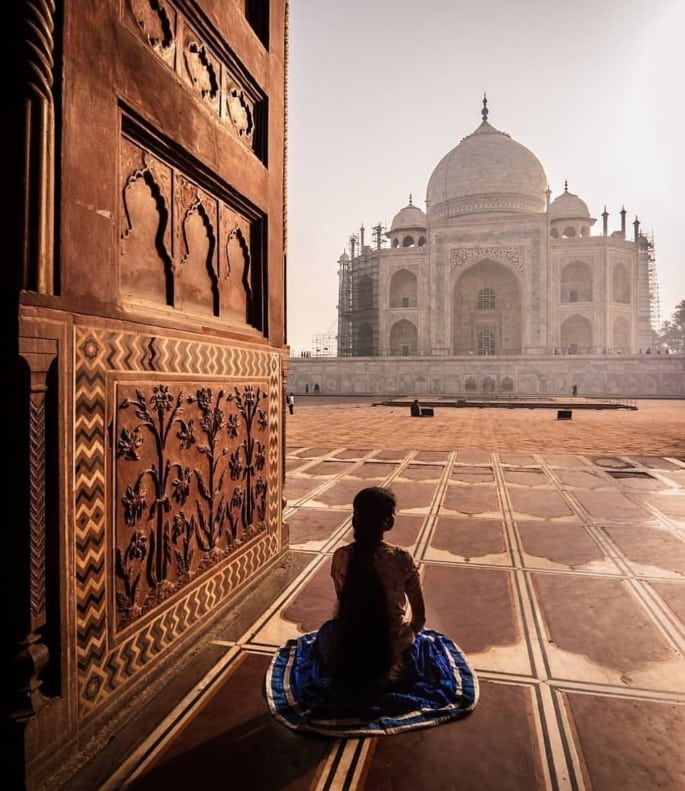
The foundations of this city are built on a beautiful and honest declaration of love that is the history of the Taj Mahal.
The infrastructure of the Taj Mahal was built on strong foundations.
Made of ivory white marble, which is a material that will not rot quickly, the iconic Taj Mahal was a very well-thought-out creation.
In fact, the Taj Mahal was built as a declaration of love.
It was said that Shah Jahan built the palace for his wife, Mumtaz Jahan but she had tragically died for unknown reasons.
Some say her death was caused by complications in childbirth and others state it was a disease.
The building was made to be resilient to earthquakes. The four minarets were built to tilt slightly outwards, this is so they fall away from the palace rather than on the building and destroy it.
Roughly a thousand elephants were used to transport heavy building materials whilst the Taj Mahal was being built.
The Taj Mahal is a true showcase of Indian wealth and beauty.
During the British occupation, the landscaping of the garden was changed in order to conform to British ideologies.
There has always been a lot of speculation when it comes to the Taj Mahal. It’s rumoured that Emperor Shah Jahan spent about Rs. 32 million on the palace in 1632-1653.
The creation of the Taj Mahal apparently took 20,000 workers.
Rumour has it that Shah Jahan cut off the hands of every single worker.
This is so they would never be able to make something so beautiful ever again.
Agra Fort
Agra Fort was originally built out of Redstone and its sole purpose was to act as a military defence unit by Mughal Emperor Akbar.
Until his son, Shah Jahan reinvented it.
Shah Jahan’s redesigns involved adding marble into the infrastructure. This revived the building and became known for its prestige architecture.
History states that Shah Jahan was imprisoned in Agra Fort for eight years by his son Aurangzeb.
Shah Jahan’s daughter devoted her life to her Father and ensured he was always comfortable.
History shares that Shah Jahan died whilst being imprisoned in the octagonal tower he had carefully crafted out of marble.
Delhi
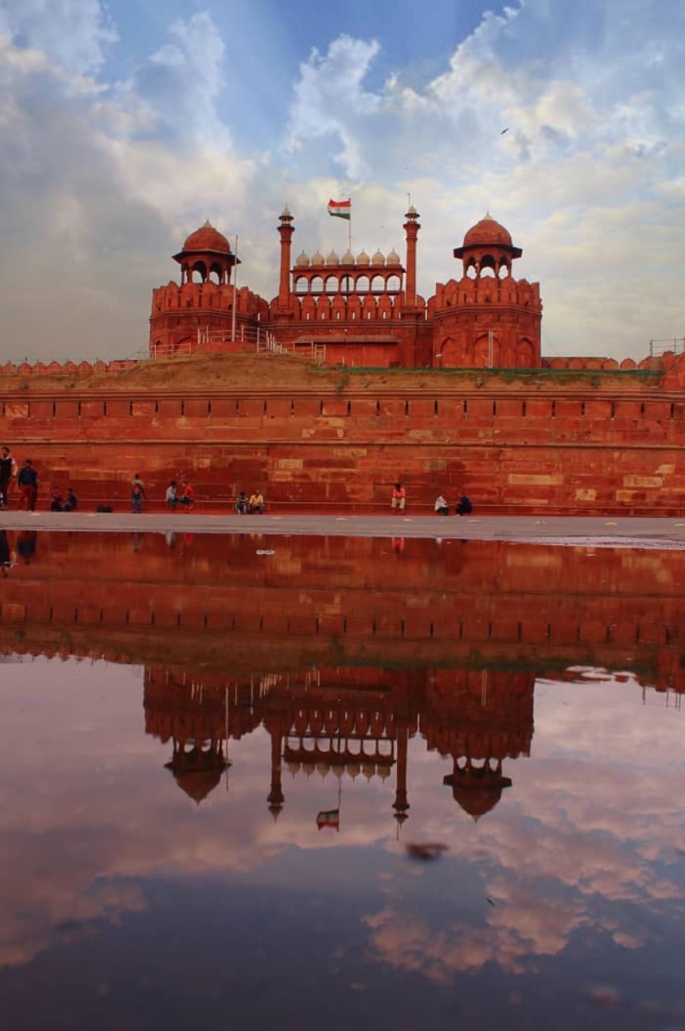
Throughout its history, Delhi has served as a capital of various kingdoms and empires.
Today, New Delhi has various attractions that make it a place like no other.
The Delhi Khari Baoli Market is considered to be the biggest spice market in Asia.
The city has many heritage sites and monuments and attracts a lot of tourists every year. These include the Red Fort, Lotus Temple, Rajghat and India gate.
The Red Fort is a historic fort in the city of Delhi. It has become a symbol of power due to Emperor and famous architect Shah Jahan.
As well as building the Red Fort, the Emperor lapsed in his luxuries and used to reside there.
The Red Fort has three different narratives. Before, during and after the British occupation.
The fort is made out of red sandstone and the original name for the architecture was ‘Qila-e-Mubarak which translates to ‘The Blessed Fort.’
Originally, this iconic building was made out of red and white stone in order to represent the creator, Shah Jahan’s favourite two colours.
Before the British Empire, the Red Fort was an opulent display of wealth and culture. Even the Kohinoor diamond sojourned on Shah Jahan’s throne.
Interestingly, the Red Fort can actually be seen as a symbol that marks the end of the Mughal Empire.
In 1857 the British forces colonised Delhi which embarked on a war between the residences and the British.
This resulted in many Indian people fleeing the city.
Mughal Emperor Bahadur Shah Zafar also deemed this option appropriate. One thing he did not know was his surrender would end the Mughal empire.
After this, the British Empire made several changes to the initial infrastructure of the fort.
They destroyed 80% of the original buildings in the fort and built their own buildings following their own architecture.
During the British Empire, the colour of the fort changed.
According to the Telegraph, many experts have blamed British officers for the transition in colour.
Experts claim Shah Jahan used to commision traditional craftsmen who used to grind white marble in order to make sparkling lime plaster.
The British used the fort as a military base and did not do this, in order to save money.
Furthermore, in modern India, The Red Fort was once again reinstated as a symbol of strength, freedom and independence as well being a main tourist attraction for India.
Since 1947, on the 15th of August, the Prime Minister of the time has raised the Indian flag to mark the independence of the nation.
Jawaharlal Nehru was elected as India’s first Prime Minister as an independent country. He delivered a sterling speech from the Red Fort that historically marked India as a free country.
Varanasi
This ancient city is known to have one of the oldest civilisations in the world. There is so much culture and heritage to obtain from this city.
The best times to visit Varanasi is during October and March due to the hot weather and religious festivities.
A big tourist attraction is a week-long festival in November called Ganga Mahotsav. This festival gives tourists a glimpse of India’s traditional classical dancing and music.
The local people of Varanasi believe the festival is an important way of honouring the holy River Ganga.
Many people believe that the city is blessed with rich heritage and culture because the foundations of the city were built by the Lord of Dance, Nataraja.
The city is regarded as one the holiest cities in the World.
Exemplary and humble Indian writer and poet Tulsidas was born in Varanasi.
This writer was also recognised as a saint and is often associated with several supernatural myths.
For example, some people believe that he stayed in his Mother’s womb for 12 months. Once born he had 32 teeth and his first word was Lord Ram.
Tulsidas’ name will always be woven into any conversation about Varanasi, he is their pride and teacher.
He is most well known for the popular religious poetry book called Ramcharitmanas.
Furthermore, when famous writer and philosopher Mark Twain visited Varanasi he described it as:
“older than history, older than tradition, older even than legend, and looks twice as old as all of them put together”
Varanasi has played a focal part in developing natural sciences and the culture advocates many healing remedies such as Yoga and Ayurveda.
Mumbai
Mumbai is the capital state of Maharashtra and the most populous city of India.
The city lies on the West coast and has a deep natural harbour.
It is home to three UNESCO world heritage sites, the Elephanta caves, Chatrapati Shivaji terminus and the city’s Victorian and Art Deco buildings.
Byculla East is Mumbai’s oldest museum. The museum was formerly referred to as the Victoria and Albert Museum, it is now called Dr Bhau Daji Lad Mumbai City Museum.
Outside the building, there is a large basalt elephant sculpture that has been recovered from the sea. It is believed that this stone originated from the Elephanta Island.
When visiting this museum, always look at the website beforehand because there will always be an energetic program of workshops and guest speakers that adults and children can enjoy.
The Gateway of India is the most recognised monument in Mumbai and India.
Interestingly, Gateway of India was initiated to celebrate King George V and Queen Mary’s visit to the city in 1911.
Its foundation stone was laid on March 31, 1911, and it was completed in 1924.
Ironically, when the final British troops were leaving India it was used as an exit in 1947.
Initially, the Gateway of India was designed so that it would be the first thing people approaching Mumbai by boat could see.
Almost like the gates used to give the impression of a safe-haven.
Mahalaxmi Dhobi Ghat is a 140-year-old system that has become a unique aspect of the Mumbai culture.
As a huge air laundry service, Mahalaxmi Dhobi Ghat is situated next to the Mumbai railway station and colloquially referred to as Mumbai’s biggest human-powered washing machine.
It often provides spectators with a glimpse of Mumbai’s true culture and work ethic.
The dhobi (washerman) will wash clothes brought to them from all corners of the city.
Every day near central Mumbai you will find thousands of dhobi’s who spend every day standing in knee-length water filled with chemicals manually beating and scrubbing the dirt out each item of laundry presented to them in the blazing heat.
Elephanta caves are a collection of cave temples and are located on Elephanta Island in Mumbai harbour.
The origins of the caves date from the 5th to 9th century.
The carvings narrate the stories of ancient mythologies.
The architecture is referred to as being unique, impressive and creative
The Island was originally called Gharapuri but when the Portuguese discovered the Island, they renamed the Island Elephanta.
This is because one of the first things they found on the Island was a large stone structure of an elephant
Today, the Island has become a popular tourist destination. The caves are made out of natural rock and extend to 60,000 square feet.
A key attribute of the Elephanta Island is that they narrate a story from a world that would otherwise be forgotten.
This is also a UNESCO world heritage site.
Jaipur
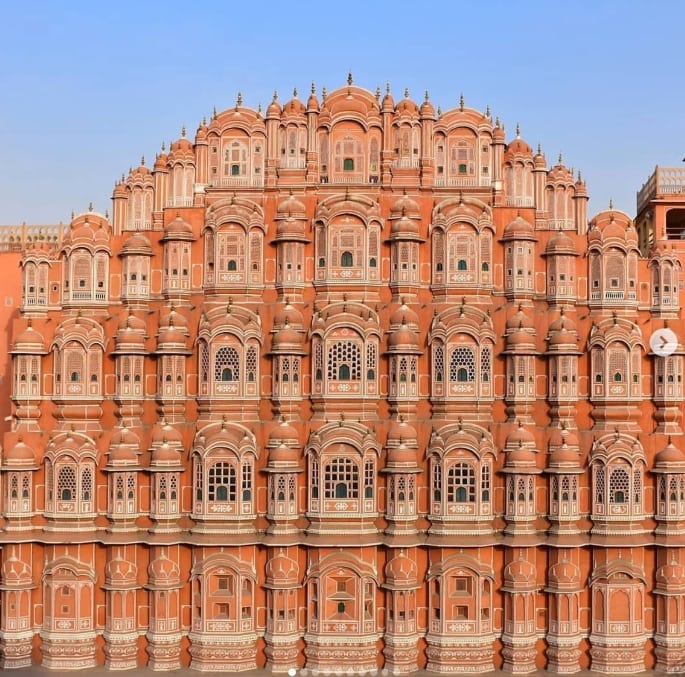
Jaipur is the capital city of the Indian state of Rajasthan.
It is known as the pink city because every building within the walled centre is painted a terracotta pink colour.
Jaipur is a major tourist destination and in 2008 was the ranked 7th best place to visit in Asia.
Jaipur is India’s first ever planned city.
The Hawa Mahal has become an iconic landmark in Jaipur.
It’s often referred to as the ‘Palace of Winds.’
This palace was built in 1799 by Maharaja Sawai Pratap Singh of the Kachhwaha Rajput dynasty.
Around this time, there was a ‘Purdah’ system that instructed women to stay indoors.
This was considered as a huge part of the Rajasthani culture.
People thought that restricting women from going outside will preserve their holy virtue and was widely considered to be a sign of dignity.
Despite this rule, the King wanted the royal women to be able to watch the festivities and celebrations in the Kingdom.
Hawa Mahal was created so royal women could observe the world without being seen by Kingdom’s laymen.
The palace has five stories and 953 small windows called ‘Jharokhas.’
A key feature of this palace is that all the windows are facing downwards, which made it easier for royal women to be onlookers without being noticed.
Jaipur’s annual Literature Festival starts on 24, January 2019 and ends on 28, January 2019.
Sanjoy Roy founded the Jaipur Indian Festival. The aim of the Jaipur Literature Festival is to sustain, preserve and celebrate Indian culture, art and heritage.
Roy states that “Jaipur is itself a heritage city. So, even outside the festival, there are many things one can do.”
He says that traditional art forms in India still should be given an adequate platform in order to thrive. “If you look at the West or the East, most of the traditional symphonies and operas are co-funded by the government.”
He admits:
“But in India, the Ramleelas around the corner is done of one’s own volition and funded by one’s own pocket.”
The Jaipur Literature Festival is five days long and takes place in six different venues that are a five-minute walk from each other.
A lot of talented and well-known authors, screenwriters and literature enthusiasts have previously attended this festival such as Anurag Kashyap, Chetan Bhagat, Shashi Tharoor and Trishani Doshi.
There is so much Indian history woven into all of these landmarks. Each coloured thread representing a different piece of incredible heritage and culture.
Some of them remind us how powerful love can be and others signify strength and pride.


